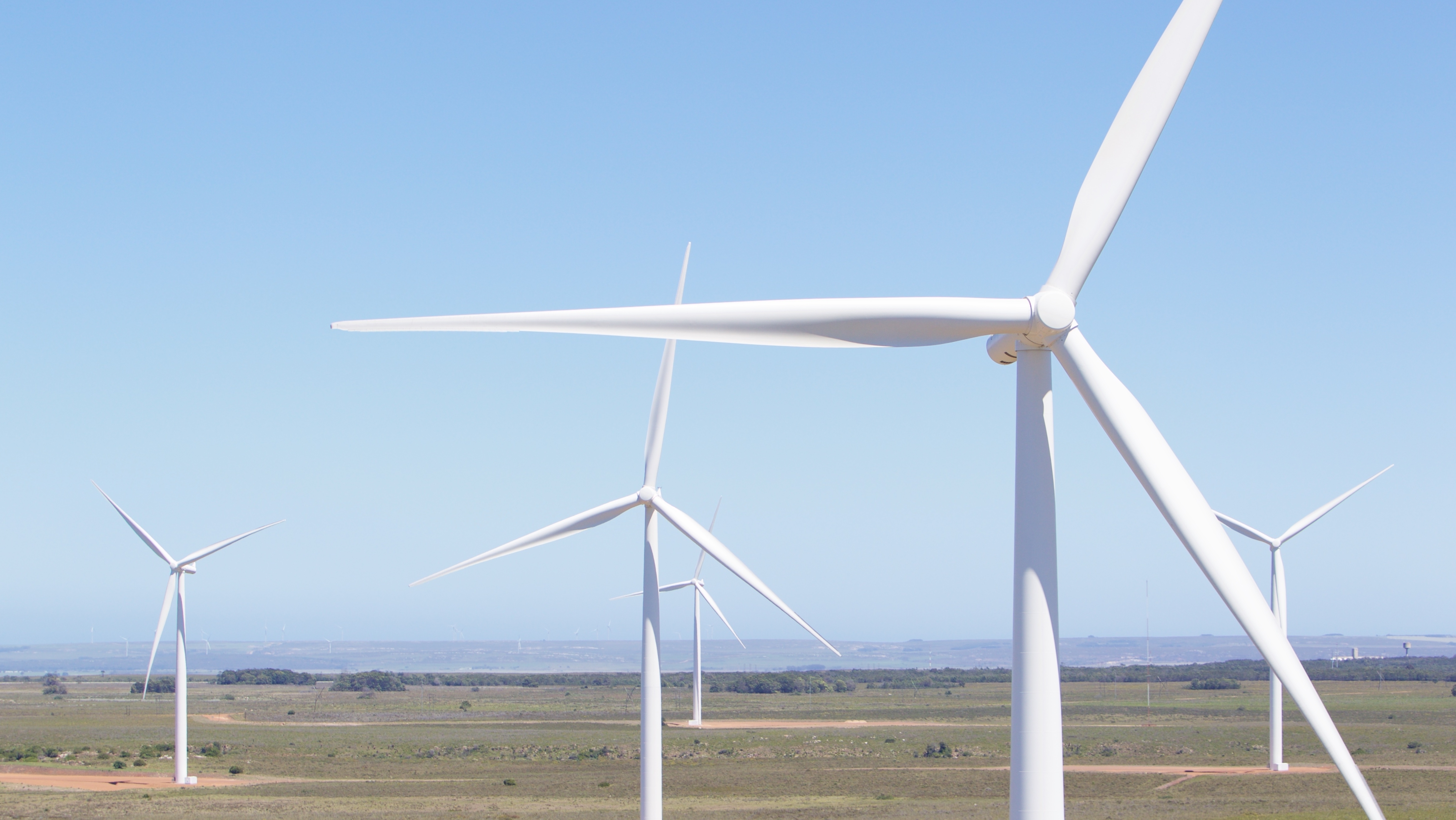
Siemens Gamesa Renewable Energy has been researching and developing the concept of converting energy to heat in rock-fill for energy storage to combine with wind energy, and the company has this week begun construction of its first real scale project in Hamburg, Germany.
This week Siemens Gamesa Renewable Energy revealed that it was beginning construction on its first full scale “Future Energy System – FES” at the Trimet SE aluminum smelter site in Hamburg-Altenwerder. The company, in its pre-merger form as Siemens’ wind power and renewables division, has been working on R&D for thermal energy storage, specifically heating rock fill to store wind energy.
The Hamburg-Altenwerder FES will feature approximately 1,000 tonnes of rock fill which is heated and would then be able to provide 30 MWh (megawatt-hours) of electric energy at temperatures of 600 degrees Celsius. A steam turbine then converts the heat back into electricity, and a generator rated at 1.5 megawatts will produce energy for up to 24 hours, enough to meet the electricity needs of 1,500 average German households, or could charge the batteries of 50 electric cars.
Energy storage technologies are obviously vital for ensuring that variable energy sources such as wind energy are able to provide electricity to the grid at all times, and not just when the wind is blowing, for example. However, Siemens Gamesa points out that some storage technologies offer limited capacity and are not as cost-competitive as others.
This is why Siemens Gamesa has been working for so long on its FES technology, supported by the German Federal Ministry for Economic Affairs and Energy, which it believes offers a highly economic approach to storing energy.
More information about Siemens Gamesa’s energy storage work can be found here.
Avots: Clean Technica